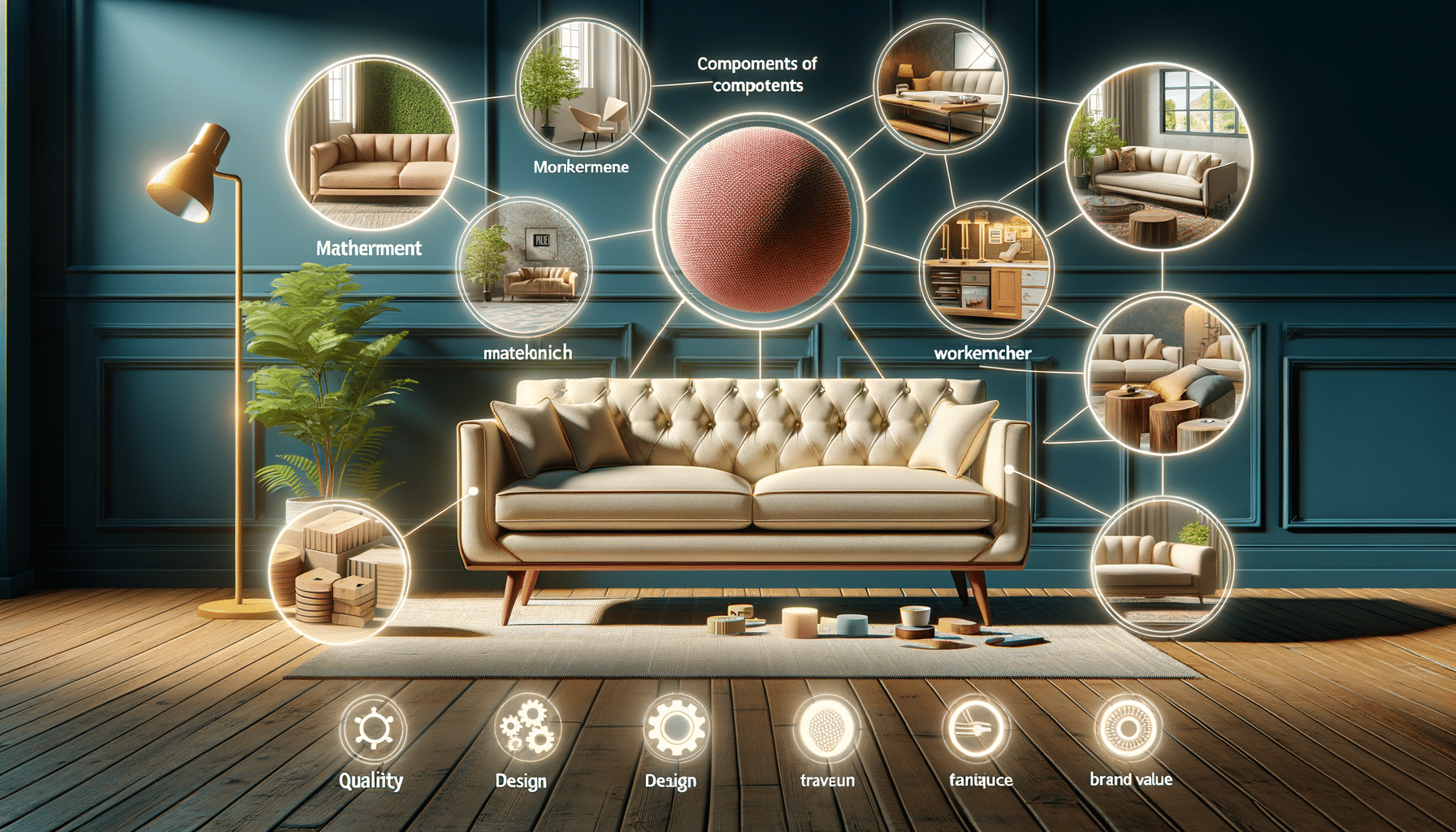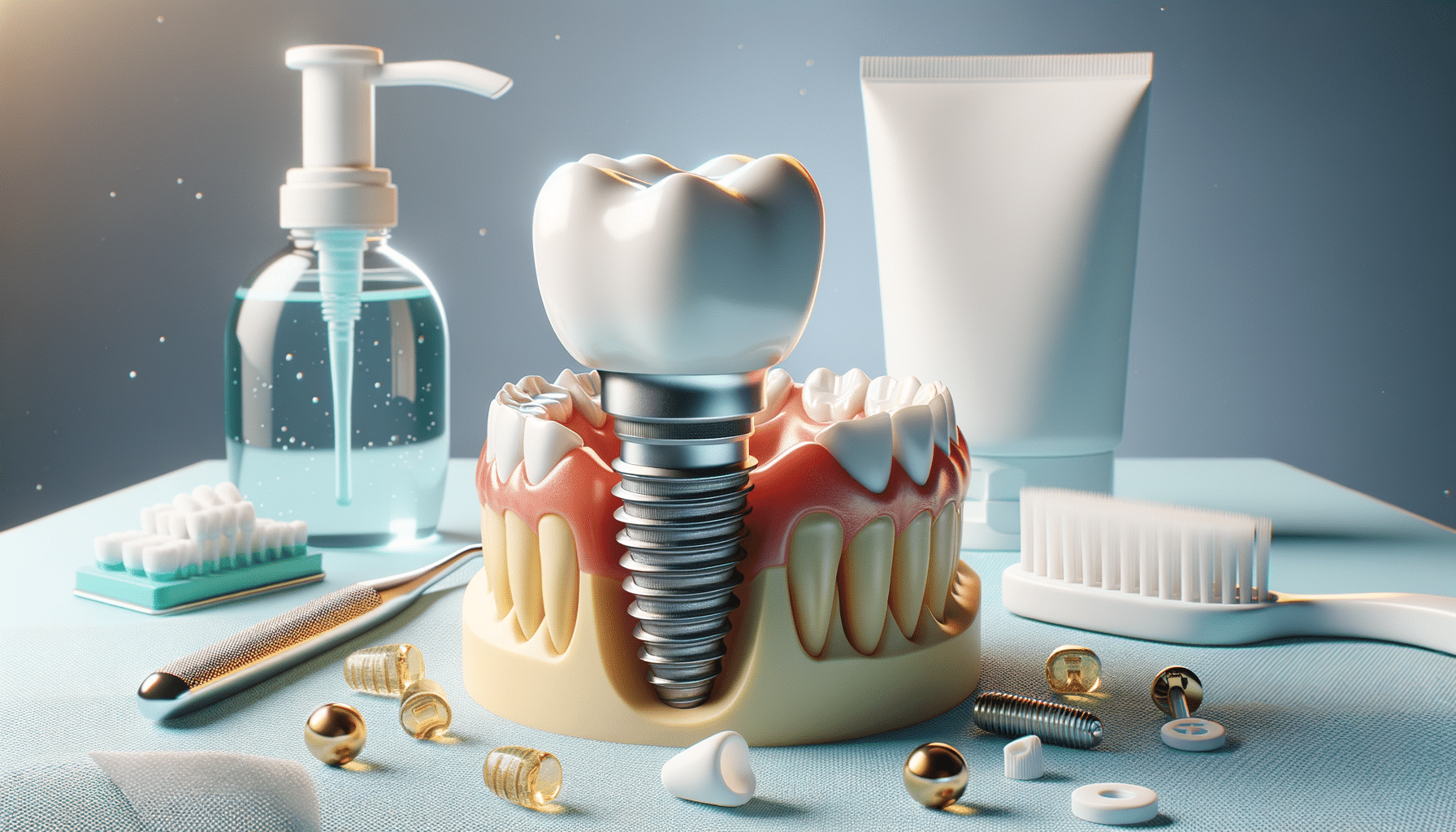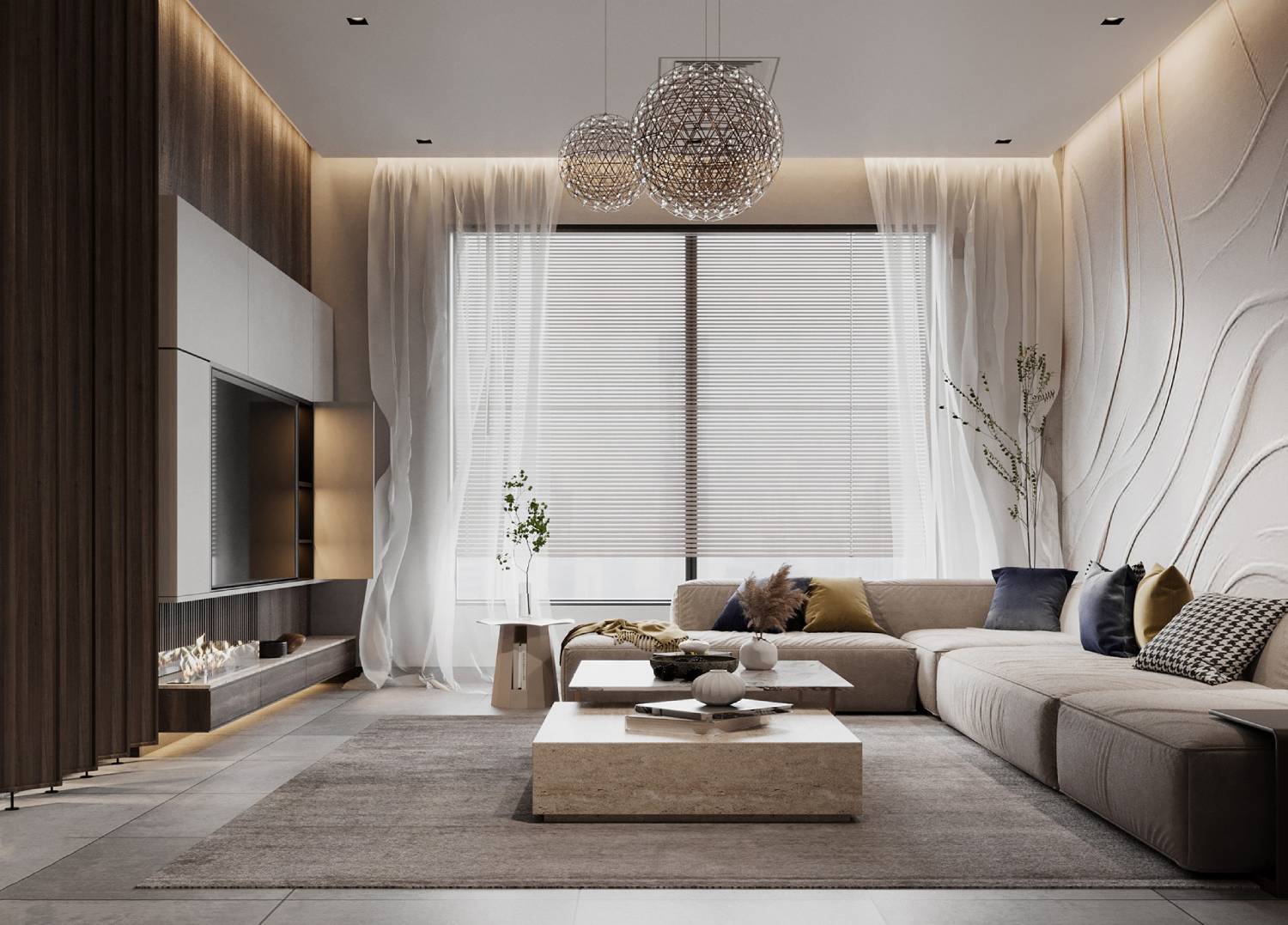
Minimalism vs. Essentialism: What’s the Difference?
In the fast-paced world we live in today, many people are looking for ways to simplify their lives. Consumerism and materialism have made our lives complex, so this search for simplicity is increasing. Minimalism and essentialism are two popular trends in simplifying our lives. Although being mindful and intentional are similar, they are different ways of living a more purposeful life. This will be a look at minimalism and essentialism. We’ll see how using one or both can help you clear out your home and mind. This can lead to a more meaningful and satisfying life.
Key Benefits / Why It Matters
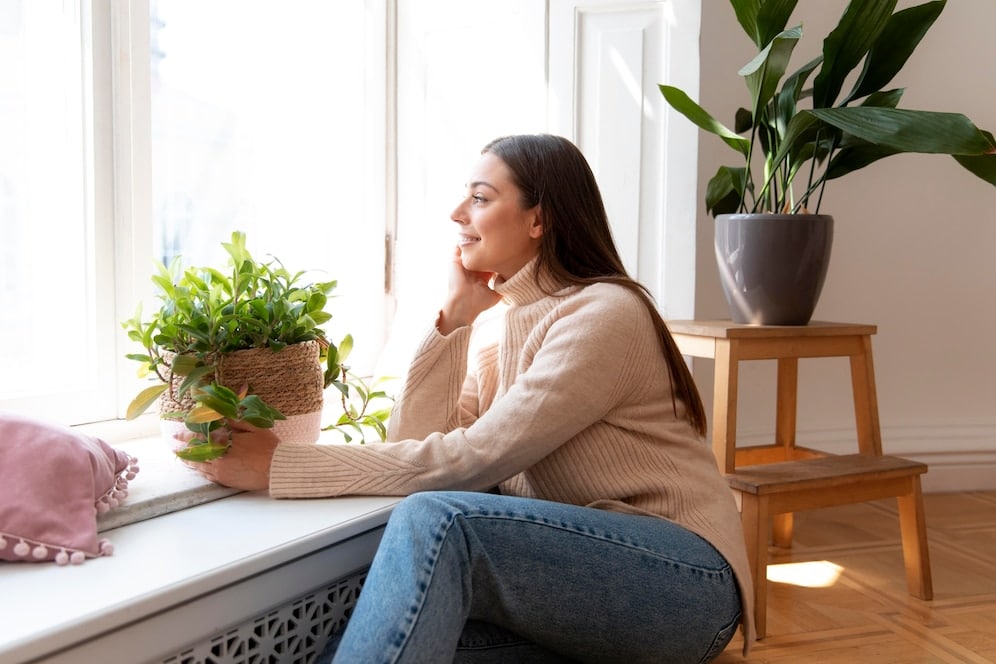
Knowing the differences between minimalism and essentialism is key for anyone wanting to change their lifestyle. Both philosophies have unique benefits that can change your life. It’s important to know which approach fits your personal goals best.
Minimalist Lifestyle: Living with Less
The minimalist lifestyle is all about reducing excess and living with only what you truly need. It’s about clearing away the clutter—both physical and mental—that often clouds our lives. Minimalism helps people get rid of unneeded items. It promotes valuing experiences more than things. This approach leads to a home that is calm and distraction-free.
In practice, minimalism can lead to a more organised home, reduced stress, and increased financial freedom. Minimalists gain more time and energy by living with less. This allows them to focus on what really matters, like relationships, hobbies, and personal growth.
Essentialist Mindset: Focus on What Truly Matters
Essentialism is a mindset that focuses on what truly matters. It encourages you to identify the essentials in your life and direct your energy there. It’s about choosing wisely where to invest your time and resources. Don’t spread yourself too thin with too many commitments and activities.
Having an essentialist mindset helps you find clarity and purpose. It pushes you to pinpoint your core values and priorities. Essentialists focus on what matters most. This often leads to higher productivity, better decision-making, and greater satisfaction in both personal and professional life.
Step-by-Step Guide / Actionable Insights
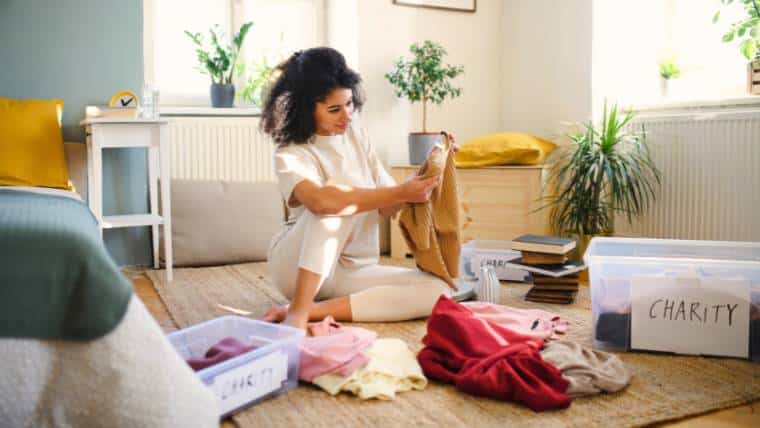
If you’re interested in exploring minimalism or essentialism, here are some steps to get you started on your journey:
Declutter Your Home: Embrace Minimalism
- Start Small: Begin by decluttering one area of your home, such as a closet or a kitchen drawer. Remove items that you haven’t used in the past year or that don’t bring you joy.
- Assess Your Belongings: As you go through your possessions, ask yourself if each item serves a purpose or adds value to your life. If not, consider donating or selling it.
- Build a Capsule Wardrobe: Keep only versatile, high-quality pieces you love. This will simplify your closet and boost your confidence.
- Limit New Purchases: Before buying, ask if it’s really needed and fits your minimalist lifestyle.
- Practice Gratitude: Appreciate what you have instead of always wanting more.
- Declutter Digitally: Clear your email inbox, delete unused apps, and cut back on social media time. This helps reduce digital distractions.
Cultivate an Essentialist Mindset
- Identify Your Priorities: Reflect on what truly matters to you and what you want to achieve in life. Write down your top priorities and refer to them regularly.
- Learn to Say No: Essentialism requires you to set boundaries and say no to commitments that don’t align with your priorities. Practice saying no politely but firmly.
- Focus on Deep Work: Allocate time for focused, uninterrupted work on tasks that are most important to your goals. Minimise distractions and multitasking.
- Check Regularly: Take time to review your commitments and activities. Make sure they still match your priorities. Be willing to make changes as needed.
- Invest in Quality, Not Quantity: Focus on the quality of your relationships, experiences, and possessions.
- Make Decisions Easier: Cut down on decision fatigue. You can do this by setting routines, automating small tasks, and using clear rules for making choices.
Additional Expert Tips & Common Mistakes to Avoid
Both minimalism and essentialism provide helpful ideas. It’s key to embrace these philosophies with flexibility and kindness towards yourself. Here are some expert tips and common mistakes to avoid:
Expert Tips
- Personalise Your Approach: Remember that minimalism and essentialism are not one-size-fits-all solutions. Tailor these philosophies to fit your unique lifestyle and values.
- Focus on Self-Care: Minimalism and essentialism stress the need to care for yourself. Make sure to prioritize self-care and mental well-being as part of your journey.
- Find Support: Join a helpful community or look for advice in books and online resources. Sharing your experiences and challenges can be incredibly motivating.
- Adopt a Growth Mindset: Embrace learning and adapt as you refine your minimalism and essentialism.
Common Mistakes to Avoid
- Perfectionism: Avoid striving for perfection in your minimalist or essentialist journey. It’s okay to make mistakes and learn from them.
- Comparing Yourself to Others: Everyone’s journey is different. Focus on your own progress and resist the urge to compare yourself to others.
- Over-Decluttering: Decluttering is important in minimalism. However, don’t toss out items that are sentimental or truly useful.
- Neglecting Flexibility: Essentialism isn’t about removing everything. It’s about focusing on what’s really valuable. This can change over time.
Advanced Insights / Expert Recommendations

If you already practice minimalism or essentialism and want to go further, think about these tips:
Minimalism
- Embrace Minimalist Design: Think about adding minimalist design ideas to your home and workspace. This can help you create a calm and inspiring space.
- Digital Declutter: Embrace minimalism in your digital life. Organise your files, unsubscribe from unwanted emails, and cut back on screen time.
- Sustainable Minimalism: Choose eco-friendly products and sustainable methods for decluttering and buying new things.
Essentialism
- Create a Morning Routine: Begin your day with activities that matter to you. This could include meditation, exercise, or journaling.
- Practice Mindfulness: Stay present and focused on what matters in every moment.
- Group Similar Tasks: Cut down on mental strain by stacking related tasks. This helps you work more efficiently.
Choosing the Right Path for You
Less is more: Minimalism and essentialism can transform your life. They assist you with clearing out your home and your mind. And you are able to concentrate on what is really important. Be intentional, and do what aligns with your values, whether you choose one or both of these approaches.
Remember that small, gradual changes can lead to significant improvements over many months and years as you embark on your path to a more purposeful life. Consider this a small step in the right direction. It could be decluttering one drawer or figuring out your main priorities. Then, let the journey unfold naturally.
What steps will you take today to simplify your life and focus on what truly matters? Share your thoughts and experiences in the comments below. We would love to hear from you!
